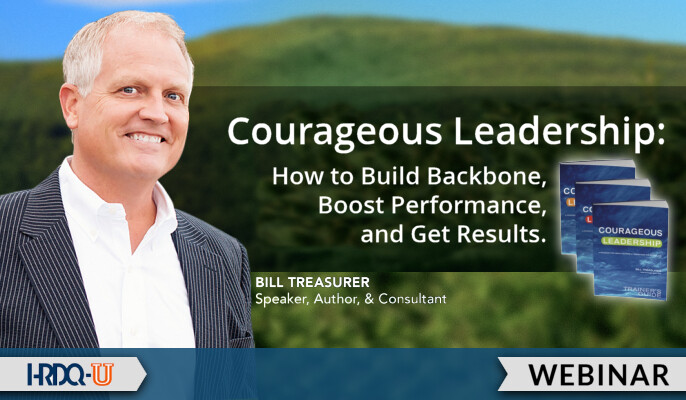Ed Viesturs: Mastering the Courageous “No”
Ed Viesturs, one of America’s greatest adventurers, has summited all fourteen of the world’s 8,000-meter summits and has been to the top of Mount Everest seven times. Think he knows something about taking smart risks? You bet he does.
In his first two attempts to summit Everest, Ed faced immense pressure to reach the top. On both occasions, he was a mere 300 feet away from achieving his goal. Can you imagine being that close to a life-changing accomplishment? Every fiber in his being screamed keep going, but the weather conditions shifted unexpectedly. Instead of pressing forward, Ed made the disciplined decision to turn back – twice.
Why? Because as Ed puts it, “Getting up is optional. Getting down is mandatory.”
This isn’t just a story about a mountain climber; it’s a powerful lesson in leadership and life. Ed understood that the risk of proceeding wasn’t worth his life. He said no to the summit, but he said yes to something more important: his safety, his life, and the opportunity to climb again. There’s a reason Ed is considered one of the world’s most disciplined climbers.
The Power of Saying “No” in the Face of Risk
Ed’s story illustrates an important truth: sometimes, the most courageous act is knowing when to retreat. Courage is essential for growth, but it must be balanced with discernment. When we face a risky situation, it’s essential to consider what we are willing to lose for the sake of taking that risk.
In Ed’s case, the risk of losing his life wasn’t worth the immediate reward of summiting Everest. We often find ourselves in similar situations – although perhaps not as life-threatening. Maybe we’ve stayed in a job or relationship too long because saying no feels like a bigger risk. But avoiding risk can sometimes be the most dangerous path of all. Over time, saying yes to everything leads to burnout, dissatisfaction, and stagnation.
In Ed’s case, his disciplined no meant that he could continue his career as one of the most accomplished mountaineers in the world. He lived to climb another day, eventually summiting Everest seven times. His choice to walk away wasn’t a failure; it was the ultimate victory because it allowed him to keep going.
The Courage Zone: Where Growth Happens
Stepping away from immediate gratification is not easy. Often, people associate courage with charging forward no matter the obstacles, but true courage involves stepping into a courage zone – a space of discomfort where growth happens.
Courage doesn’t happen in your comfort zone. “Growth and comfort don’t coexist,” former IBM CEO Ginny Rometty famously said. To lead effectively, you must push yourself and others into this courage zone. This might mean saying no to short-term risks to achieve long-term success. Ed’s disciplined decisions exemplify this perfectly.
By asserting boundaries, you create space for more significant opportunities. When you challenge yourself and your team to make hard decisions – like Ed turning away from the summit – true leadership emerges. This leadership requires the courage to prioritize what matters most, even if it means short-term discomfort or missed opportunities.
Preparing for Risk: Discipline in Action
Just as Ed Viesturs prepared himself mentally and physically for the risk of summiting Everest, preparation plays a vital role in risk management. Like a high diver preparing for the ultimate leap, we, too, must prepare for risks in our lives and careers.
Before you face a significant decision, ask yourself a few key questions:
- What am I hoping to achieve by taking this risk?
- What am I willing to lose?
- What are the consequences if I don’t take this risk?
Ed’s disciplined no was the result of asking himself similar questions. He weighed the potential outcomes, considered the long-term effects, and made the smart choice. In leadership, this kind of forethought is critical.
Your Courageous “No”
So, what about you? What are you currently saying yes to that you should be saying no to? Maybe it’s a project that no longer aligns with your goals, a commitment that drains your energy, or a relationship that’s not serving your growth.
As leaders, we are often tempted to take on every challenge that comes our way. We think saying yes to every opportunity demonstrates strength, but true courage often requires the opposite. Ed’s story is a powerful reminder that a disciplined no can lead to the biggest yes of all – preserving what truly matters.
Take a moment to reflect: what boundary do you need to assert today? What courageous no do you need to say?
Want to learn more about building courageous leadership? Join us for Courageous Leadership: How to Build Backbone, Boost Performance, and Get Results, presented by Bill Treasurer. The webinar will provide practical strategies for using courage to improve performance and counteract the negative impacts of workplace fear.
What courageous no could you assert today? Share your story with us at info@giantleapconsulting.com or subscribe to our newsletter for more courage-building tips at couragebuilding.com.


























